EuropCar Debuts at Dubai Hills Mall with Immersive 3D Reveal
Leading French car rental company Europcar has announced the grand opening of yet another showroom in Dubai, further solidifying its presence in the UAE’s premier car rental market. Strategically situated within the prestigious Dubai Hills Mall, the new showroom offers […]
Arabian Farms And Motad Join Forces to Elevate SAHA Poultry Brand: A Strategic Alliance for Digital Dominance
In the Middle Eastern premium poultry market, Arabian Farms and Motad join forces to elevate the SAHA brand. This strategic alliance aims to redefine digital engagement through targeted campaigns, social media content, and influencer partnerships, establishing SAHA as the top […]
MOTAD Bags Arabian Farm’s Digital, Creative & Social Mandate For SAHA
Motad, a leading Dubai-based creative and digital marketing agency, has secured the digital mandate for Arabian Farms’ SAHA brand, known for its fresh and locally produced poultry products. Arabian Farms, boasting over 40 years of excellence, sought a robust digital […]
MOTAD Bags Arabian Farm’s Digital, Creative And Social Mandate For SAHA
Motad, a leading Dubai-based creative and digital marketing agency, has secured the digital mandate for Arabian Farms’ SAHA brand, known for its fresh and locally produced poultry products. Arabian Farms, boasting over 40 years of excellence, sought a robust digital strategy […]
